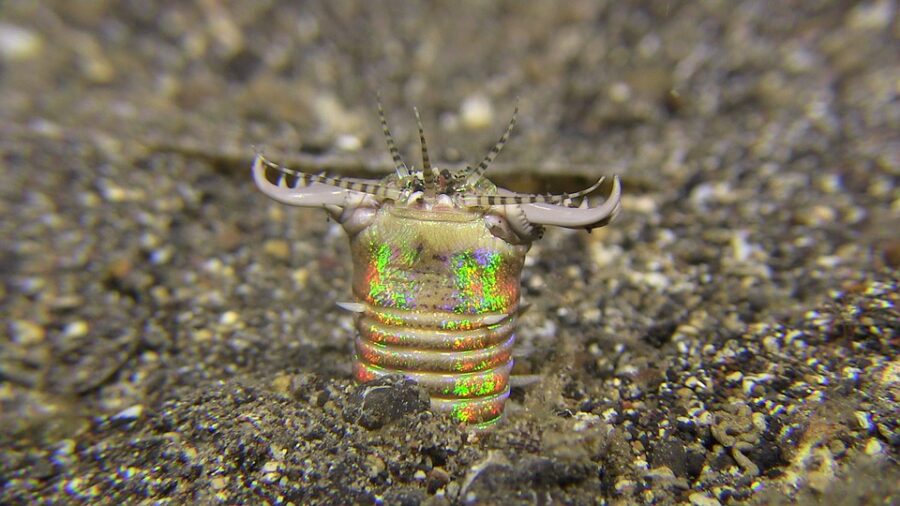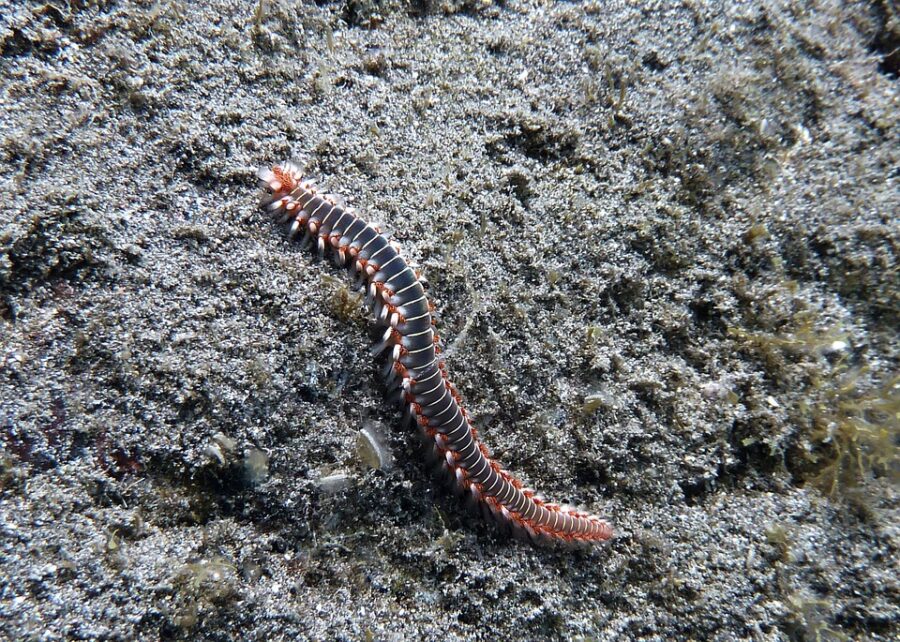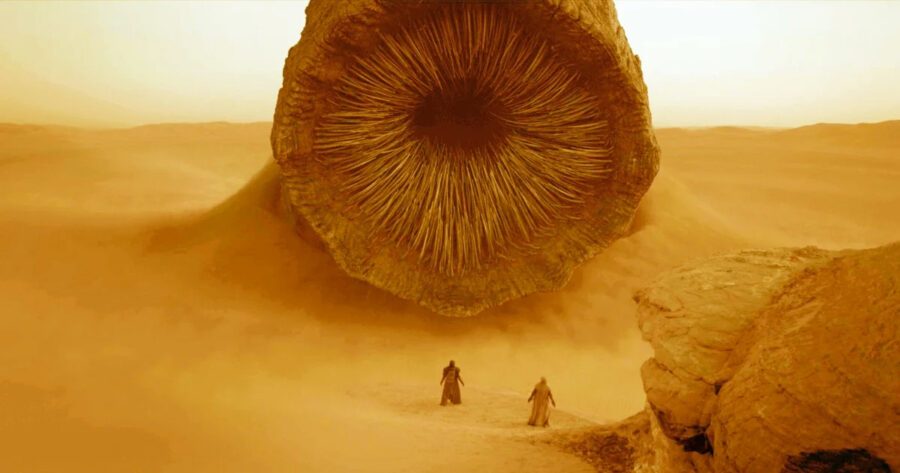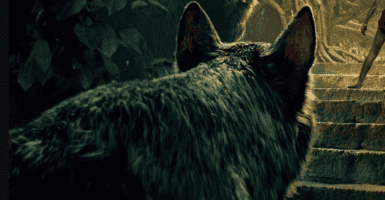Horrific 20-Million-Year-OId Giant Worm Discovered
Scientists recently discovered a type of prehistoric worm that you definitely would not have wanted to run into while it was on Earth
This article is more than 2 years old

According to unsettling new evidence, giant marine worms once lurked in seabeds that are now part of Taiwan. Did Frank Herbert know about this when he wrote Dune? Because if this is true, well just thank heavens prehistoric monsters are millions of years out-of-date. 2021 doesn’t need to add massive, monster, life-destroying worms to the list of things that we are already dealing with these days.
Scientists are calling these horrifying predators Bobbit worms because they appear to be ancestors of those current ones. More appropriately they are referred to as “sand strikers” or even “trap-jaw worms.” If you feel like being fancy and pedantic, you can call them Eunice aphroditois. Let’s stick with “sand strikers.” It is specific, descriptive, and more than a bit evocative, which is impressive that scientists were able to obtain that much data given how incomplete the sand striker’s fossil record is.
Marine worms do not fossilize as, well, ideally as other prehistoric animals due to the fact that they are made of softer tissue. Because of that, scientists had to get creative with how they figured out the size of these worms.

To determine just how big these old worms could get, researchers looked at burrow length, depth, and structure, as well as analyzed cut-outs from ancient rock obtained using rock cutters. Basically, they filled in the knowledge gaps by examining the worm’s environment and putting its size in the context of how it lived and hunted. The Bobbit worm drags its prey into the dirt so it can trap and consume it. That helped scientists “see” the size of these creatures even after millions of years.
What did these scientists end up finding? Well, it turns out this ancient ancestor of the Bobbit worm had the potential to grow up to three meters long, with a 2 cm diameter, and could even employ the use of antennae to trick hapless prey. Their diet consisted mainly of fish and bivalves. Let’s circle back to that first part, though. That first part is absolutely terrifying. Three meters is huge. Also, there seem to be few fates worse than that of a prehistoric clam. Just saying. I wouldn’t wish that on my worst enemy.
The Bobbit worm was actually featured in Blue Planet II in late 2017, fascinating and terrifying those who had previously been unaware of its existence. So while this isn’t all new information, it’s still interesting to think that the precious little we know about the ocean floor (any ocean floor, don’t care how deep it is) is already unsettling. Scientists believe that these ancient Bobbit worm relatives lived in sediment in the tropical, temperate, or intertidal waters of what we now call the Pacific, Atlantic, and Indian Oceans. They now primarily live in the Atlantic but have been known to inhabit the Pacific as well. It sounds like they were extremely prevalent back then, too. So you wouldn’t have *really* needed to worry about those Dune-style worms. These things were a bit smaller and in a different environment.

What do you think of all that, though? Does the existence of primordial death worms fascinate, terrify, or just completely disgust you? Let us know your thoughts and we will make sure to alert you to other terrifying (or perhaps hilarious) critters that appear on our radar!












